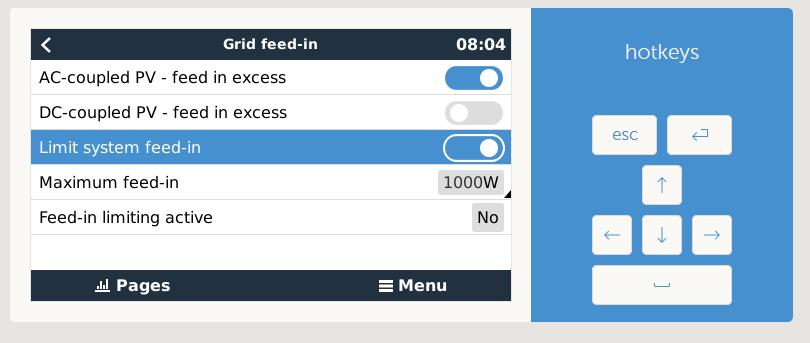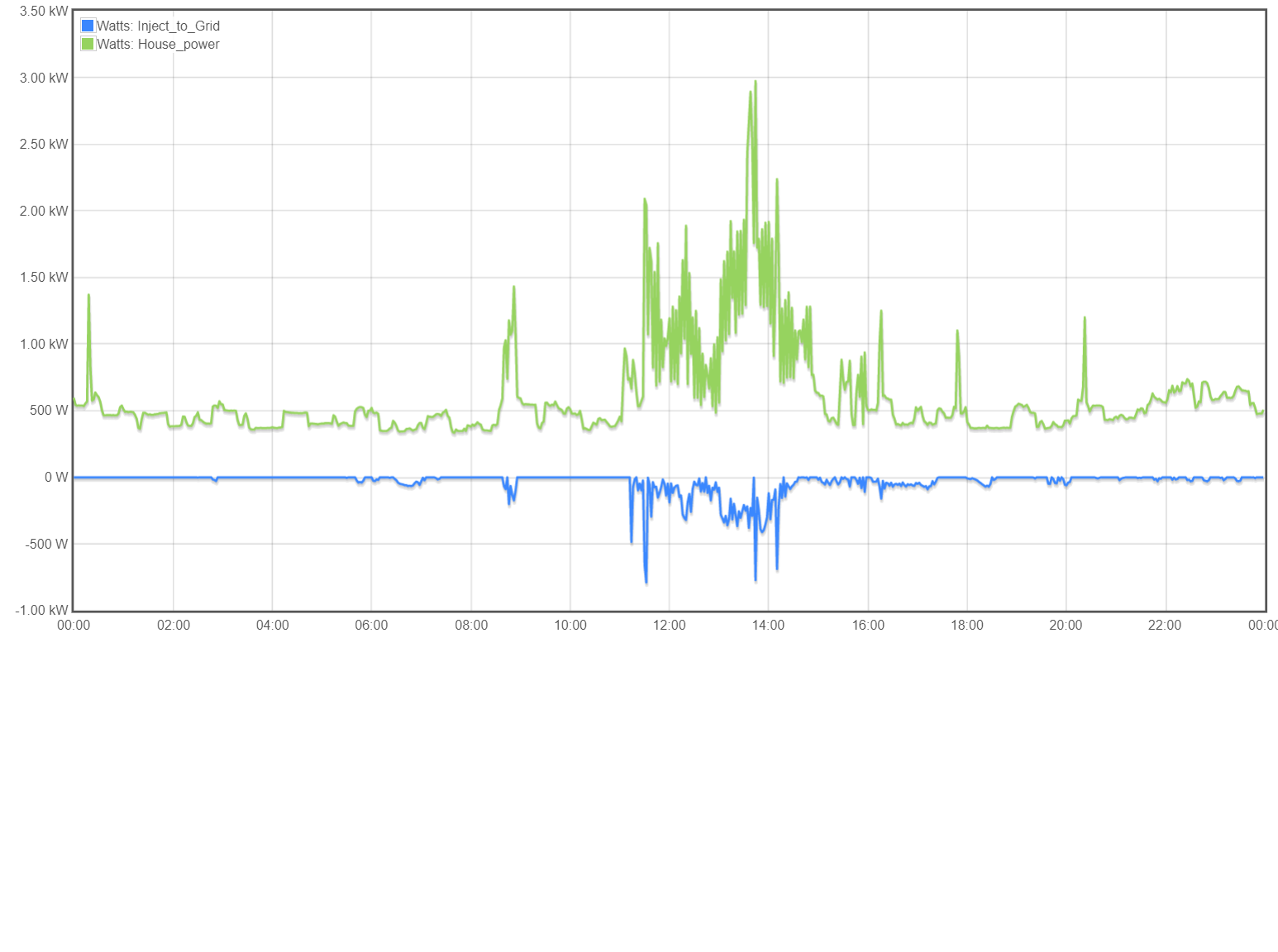Hi I have an ESS system where ive incorporated a fronius primo 8.2kW inverter i have all communication set up and working for zero feed in, however i want to allow export of 16 amps or 3.68kW as this is acceptable, I assumed i would be able to set the gridpoint to -3600 and it would allow the inverter to put upto this amount out onto the grid before limiting output. However the victron actually started pulling power from the batteries to export 3600 watts to the grid. Is there a way around this as the customer can actually gain a tarriff from exported units but it makes no sense to drain the batteries into the grid.
Thanks Jack




 as i said many time before in another topics, i don t care too much during day time when is light outside, but this is not OK when energy injected on grid is from battery.
as i said many time before in another topics, i don t care too much during day time when is light outside, but this is not OK when energy injected on grid is from battery.


